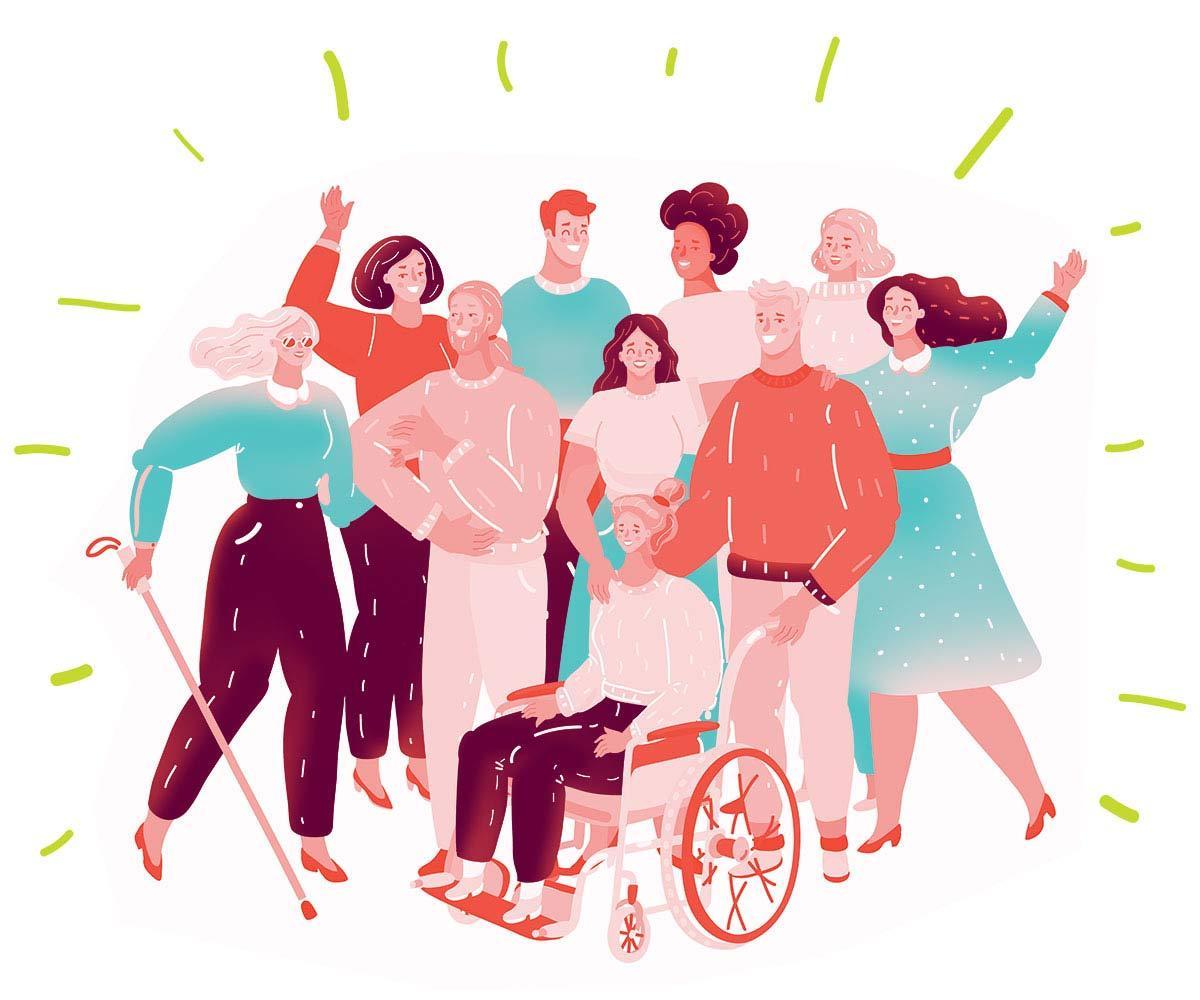Digital transformation is driving the B2B experience
For years, you’ve been hearing “The future of marketing is digital.” Well …
Welcome to the future.
The digital transformation has arrived, and B2B companies and marketers are facing an ever-changing landscape. In response, companies are adapting their business models and marketing strategies to the new reality of an “always connected” audience.
Your digital experience is essentially your company’s ability to tell a cohesive story about your brand, products, and solutions across all online channels. Today’s customers expect you to deliver the right content at the right time, and in the place, format, and device of their choosing. It’s their journey that informs your strategy. To keep up with your customers, your business must put customer experience at the center of your strategy.
That means it’s more important than ever for marketing to join forces with customer service, sales, and operations to ensure an optimal experience at every stage of the customer journey, from awareness and consideration to post-purchase and loyalty. With this comes the opportunity to give marketing a more prominent seat at the table as a driver of digital transformation at your organization.
Fortunately, many organizations are putting their customers first. In fact,






